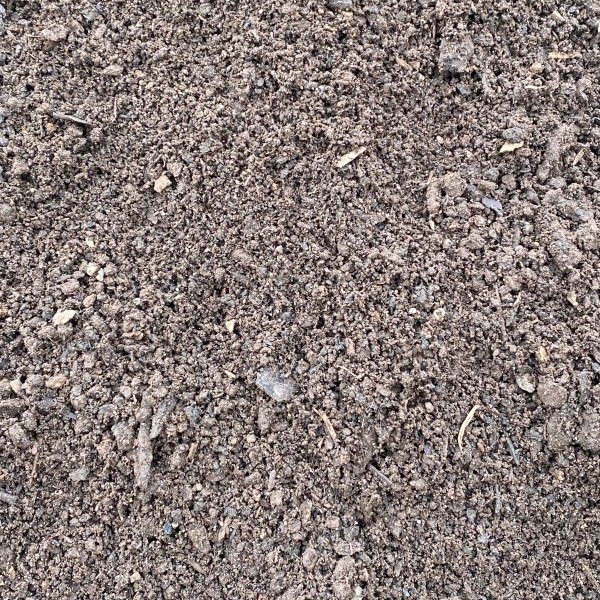Turn food scraps and yard waste into nutritious soil food! Composting is nature’s way of recycling. Tiny helpers like bugs and fungi break things down fast, making dark, crumbly compost that nourishes your plants.
Our compost is entirely made out of local material from this area. Compost is made through the natural process of decomposition of organic materials and yard waste. This breakdown is facilitated by microorganisms like bacteria and fungi, which thrive in a specific environment.
We are a licensed Wisconsin DNR site.
We also have our compost tested. You can view the test results here.

